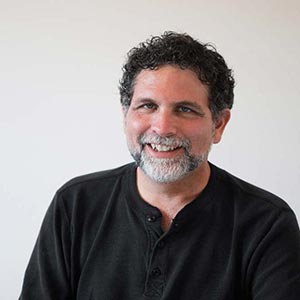 Immanuel Kant, the great German philosopher of the 18th Century, presented the radical idea that the world is not the way it appears to be. What we see as the world is not a real something out there. It is – at least in part – a creation of our own mind. Whatever direct perceptions we have of reality are ordered and interpreted by our mind so that by the time we become aware of those perceptions they have already been arranged into a particular worldview.
Immanuel Kant, the great German philosopher of the 18th Century, presented the radical idea that the world is not the way it appears to be. What we see as the world is not a real something out there. It is – at least in part – a creation of our own mind. Whatever direct perceptions we have of reality are ordered and interpreted by our mind so that by the time we become aware of those perceptions they have already been arranged into a particular worldview.
Kant explained that human beings carry around, in their heads as it were, a synthetic unity of apperception. This is the total arrangement of all of our raw experience into one coherent picture of reality. I believe that Kant used the phrase ‘unity of apperception’ rather than ‘unity of perception’ because that unity occurs prior to (apriori) our experience of perception.
This is a fairly common understanding of what a worldview is even today. Many of us understand that we hold a model of what reality is in our heads and that all of our experience is interpreted through and against that model. We all have been conditioned with a worldview which consists of specific beliefs, attitudes, values and habits. If you travel from one country to the next you often become more aware of your worldview because you start interacting in a society and with other people that have a different one. Things that you thought were simply true you realize are not universally so, but are only held to be true among people of a certain culture with a certain worldview. This is of course one of the great benefits of travel.
Recently I have been revisiting the writings of Martin Heidegger and studying the American Pragmatist George Herbert Mead for the first time. Heidegger is an Existentialist and the Existentialists and the Pragmatists shared a great deal in common. One thing that they share is that they were expanding on some of the fundamental notions of Kant.
Both Pragmatists and Existentialists talk more in terms of “ways of being” rather than “worldviews.” The idea of a worldview tends to engender a sense of having some view of reality in your head that then colors the way you perceive and respond to the world outside of your head. It is something like a picture of reality. If we talk about ways of being we take the “worldview” out of our heads and begin to think about it as an embodiment of a worldview.
Our worldview is not a way of seeing reality – it is a way of being in the world. Our actions, responses, preferences, our thoughts, manner of dress, way of speaking, etc. etc. etc. are where our world view is contained. It is not in our minds – but in our way of being.
Heidegger talks about this in terms of the background practices that we all engage in without realizing it and that become the ‘unity of apperception’ against which we interpret all of the rest of our experience. George Herbert Mead and the other Pragmatists talked in terms of habits of being. We act our these habitual ways of being human without realizing that we are doing it and they become the lens through which the rest of our experience is constantly perceived.
So is a worldview a ‘view of reality’, or a ‘way of being’?
